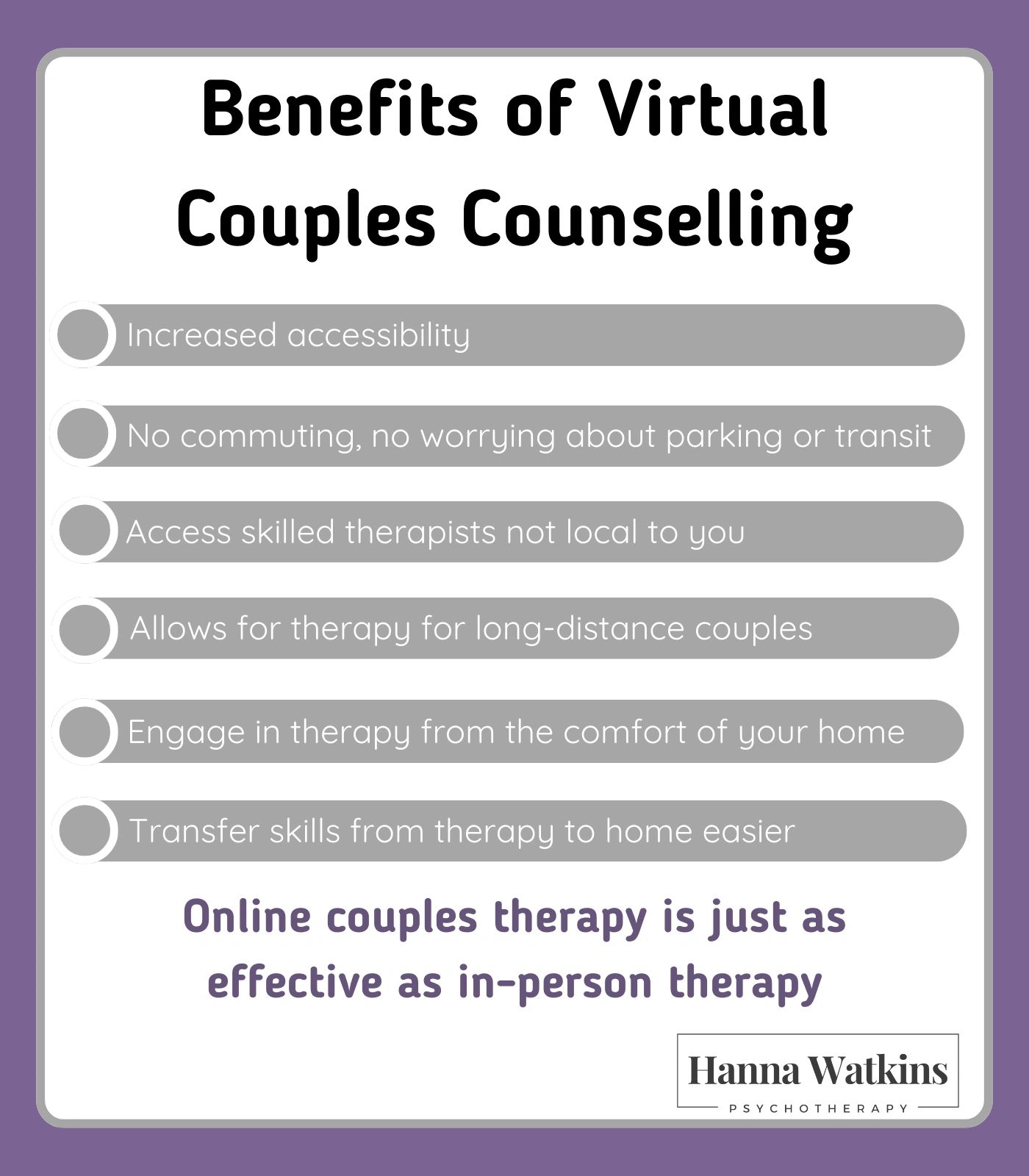The Single Strategy To Use For Aim Point Counseling
The Single Strategy To Use For Aim Point Counseling
Blog Article
Aim Point Counseling for Beginners
Table of ContentsThe Best Strategy To Use For Aim Point CounselingThe Facts About Aim Point Counseling UncoveredRumored Buzz on Aim Point CounselingThe Definitive Guide to Aim Point CounselingHow Aim Point Counseling can Save You Time, Stress, and Money.Top Guidelines Of Aim Point Counseling
The longitudinal style entails a pre-treatment study and two follow-up studies at 3- and 12-months post-intervention. The research study is set in eight Relationships Australia Victoria centres, throughout metropolitan, external suburbs, and regional/rural sites. Relationships Australia, a non-government organisation, is the biggest copyright of pair counselling and partnership services in Australia.
These high prices of relationship break down have actually been continually linked with unfavorable wellness effects for both grownups and kids complying with divorce/separation.
3 Simple Techniques For Aim Point Counseling
Longitudinal research studies likewise suggest that children of separation have a greater occurrence of emotional conditions, medication and alcohol use, and risky sexual practices [7] Although the impacts of divorce and separation can be damaging, study shows that high relationship dissonance in undamaged couples is additionally likely to have adverse end results.
Moreover, factors that influence the end results of these services require thorough investigation. Research to day has recognized both pair and individual aspects that may add to connection disharmony. These consist of connection fulfillment and dedication at the couple level, and anxiety at the private degree. Nevertheless, durable study to evaluate relationship-enhancing interventions in the area are scarce.
The Buzz on Aim Point Counseling
While the majority of research studies show improvements in partnership complete satisfaction complying with couple therapy, they are restricted by the examples and measures utilized, greatly short-term follow-up time frames, and analyses that do not account for the dyadic nature of pair information., is an additional frequently explored relationship result.
To summarise, research suggests that couple-specific variables in addition to specific factors may anticipate the results of couple therapy and partnership solutions. The causal direction of these connections, nonetheless, is much less clear. These monitorings are essential, considering that, to justify and guide the application of relationship solutions such as pair coaching, empirical proof should explore both the outcomes of relationship services and the elements that anticipate successful treatment.
For that reason, there is a growing agreement that efficiency studies should be complemented by performance study to best educate professional technique [ 29] The minimal efficiency research that exists to date recommends that pair therapy can improve outcomes such as partnership satisfaction [33,43], interaction skills and general well-being [44], a minimum of in some European nations.

We currently recognize little about the profiles of pairs that look for relationship education view website and learning compared with those that look for partnership coaching, or the end results of these programs. However, unscientific evidence recommends that there might be substantial distress among at the very least some couples seeking connection education and learning. Partnership education programs vary from couple therapy as they are generally very structured, performed in groups, and concentrate on a mixture of 4 parts; understanding, comments, cognitive adjustment, and abilities training [45]
A Biased View of Aim Point Counseling
Feedback entails participants completing sets of questions about their relationship (e.g. steps of social problems), and getting info on what their scores show. Cognitive-behavioural approaches promote altering cognitions to facilitate positive connections.
These meta-analyses highlight limitations in the current literature on relationship education. This sample profile may not represent clients who normally present for connection education.
About Aim Point Counseling

Really little study has analyzed the relative benefits of couple counselling and connection education programs. As customers are most likely to self-select right into these solution types, it is unclear whether characteristic relationship distress profiles present to every service kind, or certainly whether there is a communication in between offering account, service kind and result.
(https://hearthis.at/todd-rashid/set/aim-point-counseling/)
Hence, we have included a 12-month follow-up to assess longer-term patterns and effects.
We propose to make use of multi-level statistical modelling treatments that control for the inter-dependence of pair information to examine any therapy results. The particular goals of the ECC research are to: 1. Map profiles of clients seeking area agency-based couple therapy vs. partnership enhancement programs in regards to socio-demographic and relationship indications (such as partnership fulfillment, partnership commitment, social problems, and factors for attending), in addition to health (such as clinical depression, general health and wellbeing) and health and wellness service usage (eg.
Determine whether couple counselling and connection education and learning solutions boost three- and twelve-month end results for connection contentment, dedication, and depression, using statistical analyses proper to pair data. online counseling. Determine the family member contributions of client factors (private and couple) and therapy/education factors to results at 3- and 12-months, and to sustainability of outcomes over time.
The 5-Second Trick For Aim Point Counseling
Multi-level modelling to identify pre-post distinctions, regulating for dyadic (pair) level. To add to the literary works evaluating the effectiveness of community-based couple coaching. The results will certainly assist professional decision-making in community-based relationship solution setups, and professional training. 3. To figure out the loved one contributions of client/couple and therapy factors to outcomes at 3- and 12-months, and to sustainability of outcomes gradually.
Report this page